
Key Takeaways
- Digital brand management involves overseeing and controlling how your brand appears and performs across all online channels. It ensures consistency in visuals, messaging, and customer experience, helping build trust and a strong, recognizable brand.
- Centralizing brand assets and guidelines in a dedicated platform like BrandLife reduces errors, accelerates workflows, and improves collaboration among internal teams and external partners.
- Tracking key brand health metrics, such as brand mentions, sentiment, engagement, and asset usage, enables marketers to proactively maintain brand consistency and adapt strategies in real-time.
- Investing in scalable digital brand management systems and standardized templates enables brands to deliver cohesive experiences across all campaigns and channels.
As your brand presence expands across websites, social media platforms, email campaigns, and digital ads, maintaining a consistent identity across all digital touchpoints becomes increasingly challenging.
Without the right systems in place, it’s easy for creative teams to fall out of sync, assets to become outdated, and messaging to lose clarity.
That’s where digital brand management comes in.
More than just managing logos and colors, it’s about aligning internal teams, empowering external partners, and ensuring every piece of content reflects your brand story—no matter who creates it or where it appears.
In this guide, we’ll delve into the essentials of digital brand management, share practical strategies for maintaining control at scale, and show how BrandLife helps growing brands stay consistent, collaborative, and customer-ready in every channel.
What Is Digital Brand Management?
Companies that maintain strong brand consistency see an average revenue increase of 33% (G2), while 78% of consumers say a brand’s social media presence directly influences their trust in that brand (Sprout Social).
A well-crafted digital brand strategy lays the foundation for building lasting relationships with your audience. It helps your brand stand out in crowded digital spaces, foster meaningful engagement, and position your business for long-term growth.
Let’s look at the key benefits of digital brand management:
- Create a strong brand identity: A consistent digital presence ensures your brand is instantly recognizable across platforms. This strengthens recall and reinforces your brand story at every touchpoint.
- Foster customer trust: When your brand looks and feels cohesive, customers are more likely to see you as credible and professional. Consistency signals reliability and builds long-term loyalty.
- Enhance brand perception: Digital brand management shapes how your audience sees and experiences your brand. With clear guidelines and quality control, you maintain a polished, intentional image.
- Gain a competitive advantage: Brands that deliver a seamless digital experience stand out in crowded markets. Managing your brand proactively puts you ahead of competitors still operating in silos.
How Digital Brand Management Differs from Traditional Brand Management
The critical distinction lies in interactivity and omnichannel communication. While traditional brand management broadcasts messages to passive audiences, digital brand management enables brands to be present at any time and any place while reacting flexibly to user behavior. Brands become digital partners that enter into dialogue with their target groups, actively building trust through engagement.
Why Is Digital Brand Management Important?
At a Glance: According to recent research by Lucidpress, brands with consistent presentation see an average revenue increase of 33%, while inconsistent branding costs businesses an estimated 10-20% in potential revenue.
Digital brand management provides powerful advantages for businesses operating in today's competitive landscape:
- Increased Online Visibility: If customers can't find your business online, they may not even know it exists. Digital brand management ensures consistent, findable presence across all relevant channels.
- Trust and Credibility Building: A cohesive digital brand identity helps people form emotional connections with businesses, differentiating them from competitors.
- Audience Growth: Consistent brand presence across platforms attracts and retains customers who align with your brand values and messaging.
- Operational Efficiency: Centralized brand asset management reduces errors, accelerates workflows, and improves collaboration among internal teams and external partners.
- Data-Driven Decision Making: Digital brand management enables tracking of key metrics such as brand mentions, sentiment, engagement, and asset usage, allowing marketers to proactively adapt strategies in real-time.
- Scalable Growth: Investing in standardized templates and digital brand management systems enables brands to deliver cohesive experiences across all campaigns and channels as they expand.
According to a 2024 study by Sprout Social, 78% of consumers say a brand's social media presence directly influences their purchase decisions, highlighting the critical importance of consistent digital brand management across all touchpoints.
Key Elements of Digital Brand Management
A strong digital brand is sustained by systems that maintain control, consistency, and compliance across every touchpoint.
Let’s break down the foundational elements that ensure your brand performs with clarity and cohesion at scale.
1. Compliance across partners and vendors

When collaborating with agencies, franchisees, influencers, or third-party partners, clear communication and enforcement of brand guidelines are crucial. Implementing digital brand management strategy empowers marketing and creative teams to build a unified brand identity and ensure consistent application across all departments and channels.
BrandLife’s Branding Guideline Portal streamlines this process by offering a centralized hub where all branding assets, such as logos, color palettes, typography, imagery, and more, are securely stored and easily accessible.
Having these resources in one place eliminates confusion, accelerates the creative workflow, and keeps every team aligned.
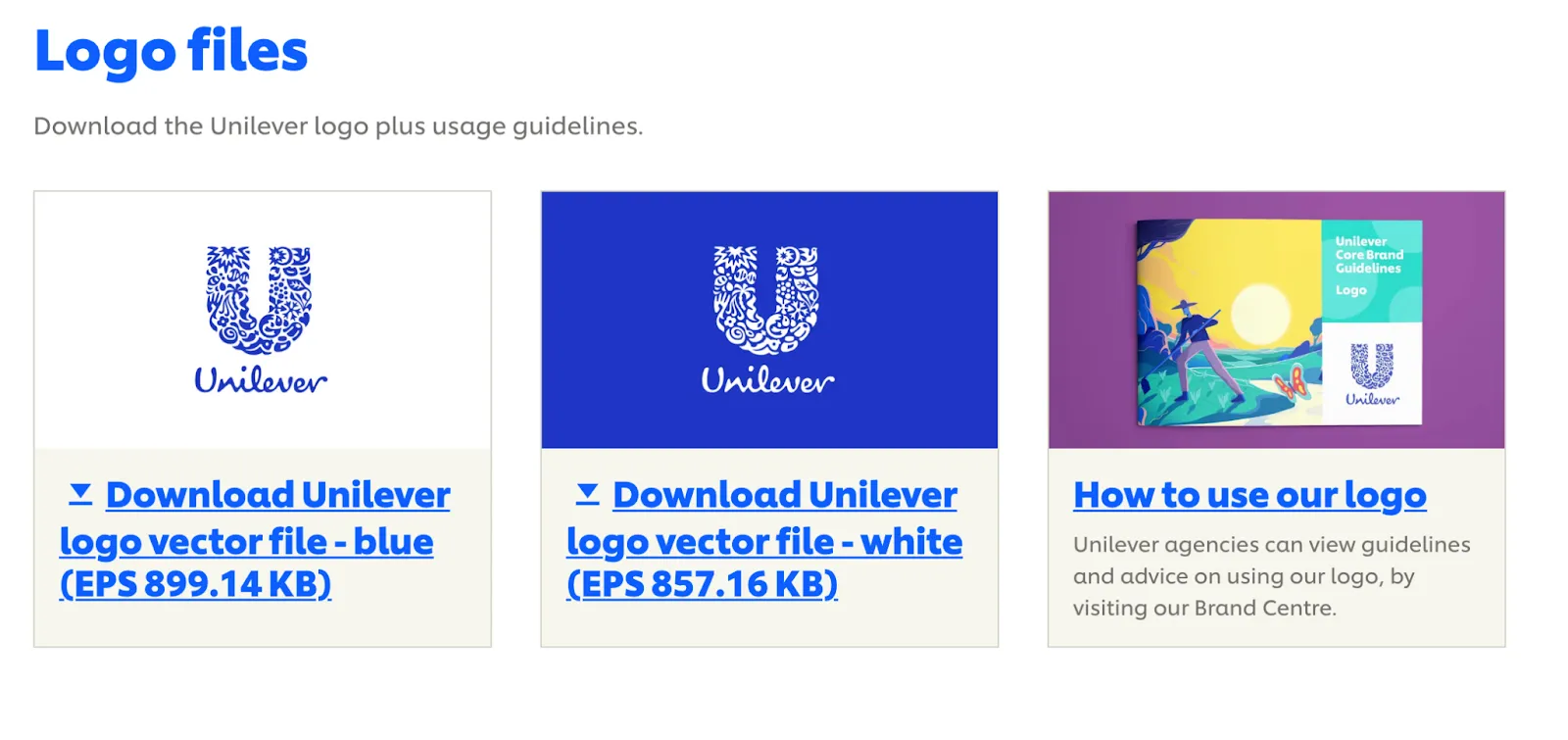
Despite its vast portfolio, Unilever maintains tight brand control by providing partners with clear and accessible resources.
2. Control over brand assets
From images to documents and presentations, brand assets drive every digital experience. Without proper management, teams waste valuable time searching for files, or worse, risk publishing outdated or incorrect content.
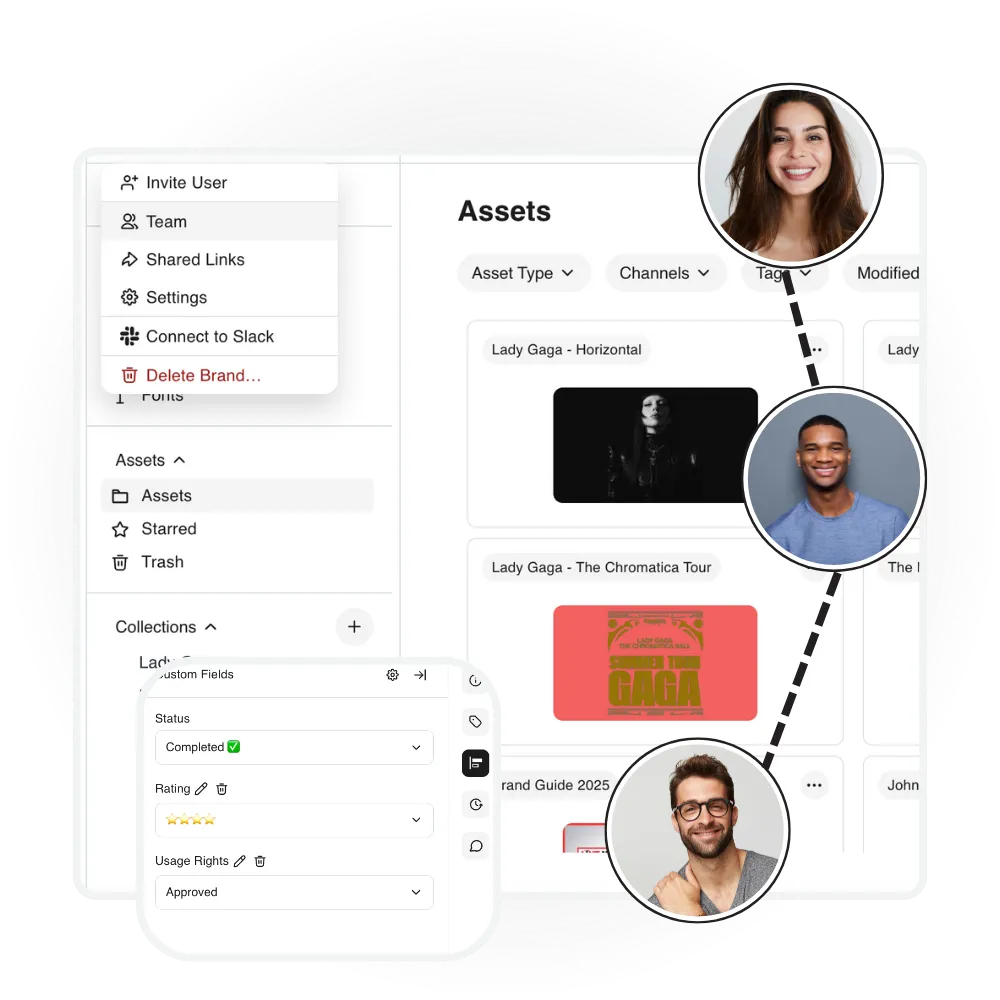
Having clear insight into who created an asset, which version is final and approved, and the specific campaign it’s intended for gives teams greater control and efficiency in executing digital marketing campaigns.
With BrandLife, marketers and designers can instantly find, use, and share approved assets from a centralized media library.
Its contextual commenting feature lets team members leave feedback directly on specific documents, tasks, or digital assets, keeping communication focused and minimizing miscommunication.
3. Consistency across campaigns and channels
Maintaining visual and messaging consistency across websites, social media platforms, emails, and ads is crucial for building brand recognition and trust.
Achieving this level of cohesion requires a centralized DAM platform that standardizes templates, enforces brand guidelines, and maintains a steady brand voice, even as teams, agencies, or vendors change.

A prime example is Coca-Cola, which masterfully maintains brand consistency worldwide. From its iconic red color and logo placement to its messaging, Coca-Cola delivers a unified experience across billboards, social media ads, and product packaging.
This disciplined approach ensures that the brand is instantly recognizable no matter where or how customers encounter it.
4. Maximum brand visibility through digital reach
A strong digital brand management strategy enables you to target diverse platforms, such as social media, email, websites, and paid ads, while ensuring all content remains on-brand and tailored to each channel’s unique audience.
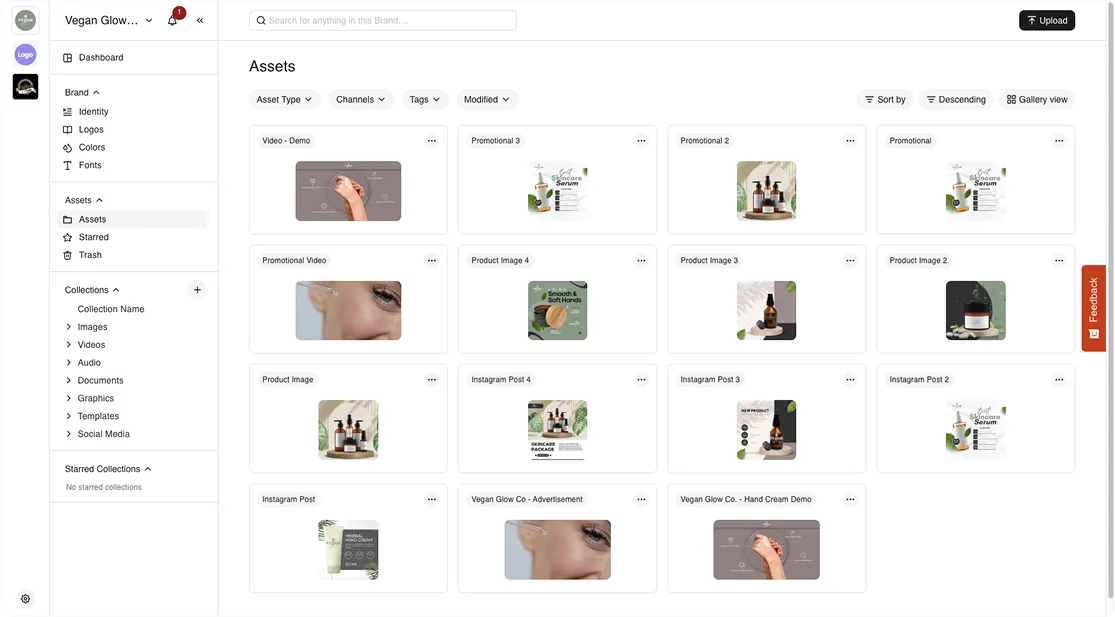
With BrandLife, marketers can efficiently repurpose brand-compliant assets across campaigns and platforms, maintaining consistent messaging that resonates and drives engagement. This streamlined approach not only boosts exposure but also allows for precise tracking and measurement of your brand’s digital impact.
Common Challenges in Digital Brand Management & How to Overcome Them
While digital brand management offers powerful advantages, it also presents unique challenges:
- Maintaining Consistency: With multiple channels and stakeholders, enforcing brand guidelines is complex.
- Asset Sprawl: Digital assets (logos, videos, documents) can become disorganized and hard to find.
- Access Control: Ensuring the right people have the right permissions is crucial to protect brand integrity.
- Reputation Management: Negative feedback can spread quickly online.
- Integration: Siloed tools lead to inefficiencies and version control issues.
4 Key Strategies for Digital Brand Management Success
Effective digital brand management requires more than just a logo or tagline; it demands a strategic, coordinated effort across teams, tools, and channels.
Here are four key strategies to help your brand stand out, stay consistent, and drive growth in today’s digital-first landscape.
1. Improve cross-departmental collaboration
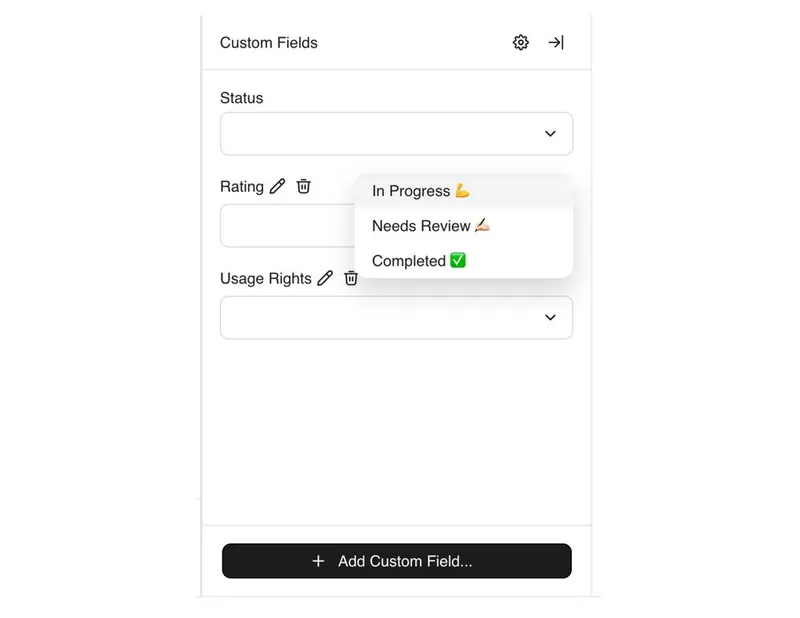
When brand managers, marketers, and creative teams operate in silos, inconsistencies and delays are inevitable. A centralized brand management system promotes smooth collaboration by ensuring that every stakeholder has access to guidelines, assets, and campaign plans.
This shared visibility breaks down communication barriers, accelerates workflows, and enables a unified brand experience across departments and external partners.
2. Use digital tools to gauge brand awareness
Understanding how your brand performs online helps maintain consistency, strengthen trust, and improve engagement. By tracking key brand health metrics, you can identify misalignments early and ensure every campaign reinforces your core identity.
Here are some important metrics to monitor:
- Brand mentions
Using tools like SEMrush or Hootsuite, you can measure how often and where your brand is mentioned across digital channels, compared to your competitors. It helps you assess visibility in the market and identify opportunities to improve brand exposure or address gaps.
- Brand sentiment
You need to analyze the emotional tone of brand mentions—positive, negative, or neutral—to understand how your audience feels about your brand. Platforms like Brandwatch or EmbedSocial use AI and natural language processing (NLP) to automatically detect sentiment trends in real-time conversations across social, news, and review platforms.
- Engagement rates
Assess how users interact with your branded content, including likes, shares, comments, and click-throughs to gauge relevance and content performance. Social media listening tools such as Sprout Social consolidate metrics from multiple platforms, helping you monitor what’s resonating and when to optimize your messaging.
- Asset usage analytics
With BrandLife’s built-in analytics, you can track how frequently brand assets, such as logos, templates, and campaign visuals, are accessed, reused, or downloaded. It ensures that teams are using the most current, approved materials, which reduces brand inconsistencies and avoids duplicated effort.
- Campaign consistency score
Review whether campaign materials align with brand guidelines in tone, visuals, and messaging. This can be done manually or with automated audits in some brand digital asset management tools such as BrandLife.
It offers automated usage tracking and approvals to flag non-compliant assets before they go live, ensuring brand integrity at every touchpoint.
3. Invest in a digital brand management system
Relying on makeshift tools like Dropbox, email threads, and Slack channels to manage your brand assets can lead to confusion, lost files, and brand inconsistencies.
A dedicated system—combining a DAM and brand portal—centralizes your logos, templates, guidelines, and content in one secure hub.
Here’s a quick comparison to illustrate why brands prefer BrandLife:
4. Build brand consistency across all customer touchpoints
Your brand’s voice and visuals should feel consistent, whether they appear in social media posts, email campaigns, landing pages, or sales decks.
Standardizing templates, brand kits, and reusable content modules allows your team to customize materials while staying true to your core identity.
Here are some actionable tips:
- Create a comprehensive brand style guide that clearly outlines fonts, colors, imagery style, tone of voice, and logo usage.
- Use collaborative tools like Canva or Adobe Creative Cloud Libraries to share and lock templates with your team.
- Schedule regular brand training sessions or workshops to keep everyone updated on guidelines and ensure consistent application.
- Implement periodic brand audits across channels to detect inconsistencies early and adjust quickly.
This approach ensures every customer interaction reinforces your brand story, regardless of the channel or creator.
Tips and Tricks for Strong Digital Brand Management
Building a powerful digital brand requires consistent effort and smart strategies. It starts by centralizing all your digital assets, such as logos, brand guidelines, and templates, into a single digital asset management platform.

With its centralized hub, BrandLife offers real-time analytics and reporting features that reveal how brand assets are performing across various channels. Teams can track asset usage, monitor engagement, and measure the effectiveness of marketing materials as they’re being used.
Here are a few tips to maintain a strong digital brand management:
1. Rely on social media tracking tools
Use social media listening and analytics tools, such as Buffer, BuzzSumo, or Keyhole, to monitor brand mentions, engagement levels, and sentiment in real time. These insights help you understand what’s resonating with your audience and flag potential reputation risks early.
Set up alerts for branded keywords, product names, and competitor mentions to stay informed and responsive. These alerts enable timely engagement, identify market trends, and provide cues for improving your content strategy, so your brand remains relevant and consistent.
2. Invest in templates that reflect your brand aesthetic

Design standardized templates for emails, social media posts, presentations, and ads that embody your brand’s visual identity and tone. With BrandLife’s Canva integration, teams can design, customize, and approve templates directly within the platform, ensuring version control and brand compliance from the start.
Storing and sharing these templates in BrandLife ensures that everyone, from internal teams to external partners, is working from the latest approved assets. This streamlines workflows, reduces design errors, and helps strengthen brand recognition across all channels.
3. Develop a Comprehensive Content Strategy
Plan content calendars that align with your brand positioning and audience preferences. Ensure all content reflects your brand voice, values, and visual identity while adapting to platform-specific best practices. This prevents reactive content creation and maintains strategic brand messaging.
4. Optimize for Search Visibility (SEO for Brand)
Ensure your brand name, branded keywords, and branded messaging appear prominently across search results. Optimize your website and content for branded search terms to increase discoverability. Build quality backlinks and maintain consistent NAP (Name, Address, Phone) information across all online directories to strengthen brand authority.
5. Establish Crisis Management Planning
Develop protocols for responding to negative brand mentions, customer complaints, or reputation threats. Create pre-approved messaging templates and escalation procedures so your team can respond quickly and consistently during crisis situations, protecting your brand reputation.
Digital Brand Management Tools
The right tools can dramatically streamline digital brand management processes, ensuring consistency while saving time and resources. Modern brand managers rely on several categories of specialized tools to maintain brand integrity across digital touchpoints.
Essential Tool Categories for Digital Brand Management
1. DAM Platforms:
- Brandfolder: Enterprise-level digital asset management with AI-powered tagging and robust distribution capabilities.
- Bynder: Comprehensive brand portal with workflow automation and template management for global brands.
- MediaValet: Cloud-based DAM solution with strong security features and integration capabilities.
- BrandLife: All-in-one brand management and DAM platform that centralizes assets, enforces brand consistency, and provides real-time analytics and collaboration tools.
2. Brand Monitoring & Analytics:
- Hootsuite: Comprehensive social media management platform with scheduling, monitoring, and analytics features.
- Digivizer: Real-time analytics platform that measures performance across owned, earned, and paid digital channels.
- Sprout Social: All-in-one social media management tool with powerful listening and analytics capabilities.
3. Content Creation & Collaboration:
- Canva: Intuitive design platform with brand kit functionality and team collaboration features.
- Ziflow: Online proofing and approval workflow solution that streamlines creative collaboration.
When selecting tools, consider your specific needs, team size, budget constraints, and how well the solutions integrate with your existing technology stack. The most effective approach often combines specialized tools that work together to create a comprehensive digital brand management ecosystem.
How Digital Asset Management Systems Support Brand Management
Digital brand management today is nothing like what it was five years ago. As new channels emerge, content velocity increases, and customer expectations rise, marketing teams are under pressure to deliver a consistent, on-brand experience—faster than ever.
Staying ahead means rethinking old systems and embracing smarter, more scalable tools.
That’s where BrandLife comes in.
Whether you're leading marketing, operations, or creative efforts at an agency, nonprofit, real estate firm, or architecture practice, or managing multiple brands, BrandLife empowers your team to centralize assets, uphold brand consistency, and scale digital presence effortlessly.
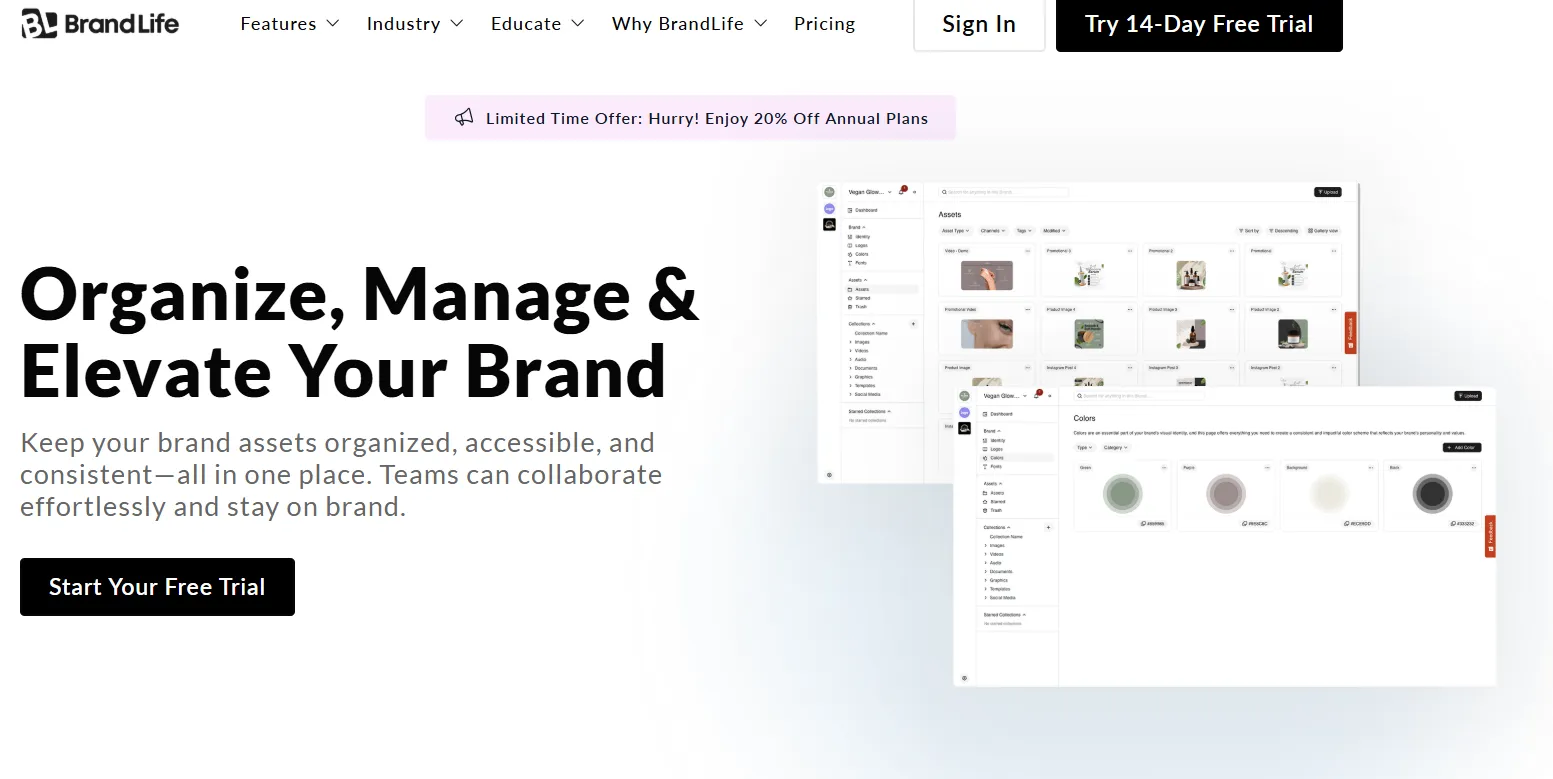
Here’s how BrandLife contributes to effective digital brand management:
Centralized digital assets
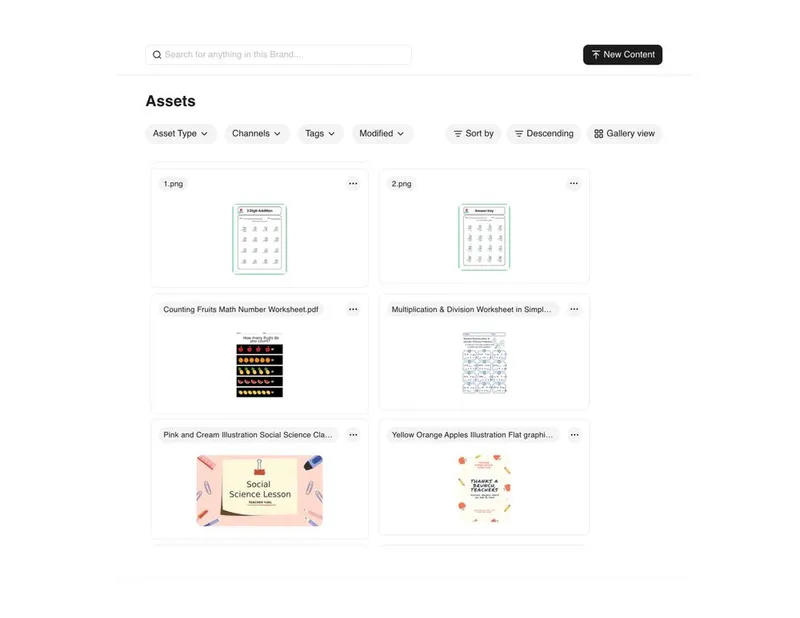
A strong brand starts with shared access. BrandLife offers a single, organized hub, ensuring that marketing, creative, and external teams all work from the same set of approved assets. This directly supports better cross-departmental collaboration and eliminates confusion caused by scattered files or outdated content.
Real-time analytics
With built-in analytics, BrandLife helps teams monitor how assets are used across channels. You can track engagement, asset popularity, and content performance, so you're not just creating, but improving with data-backed decisions.
Version control and user permissions
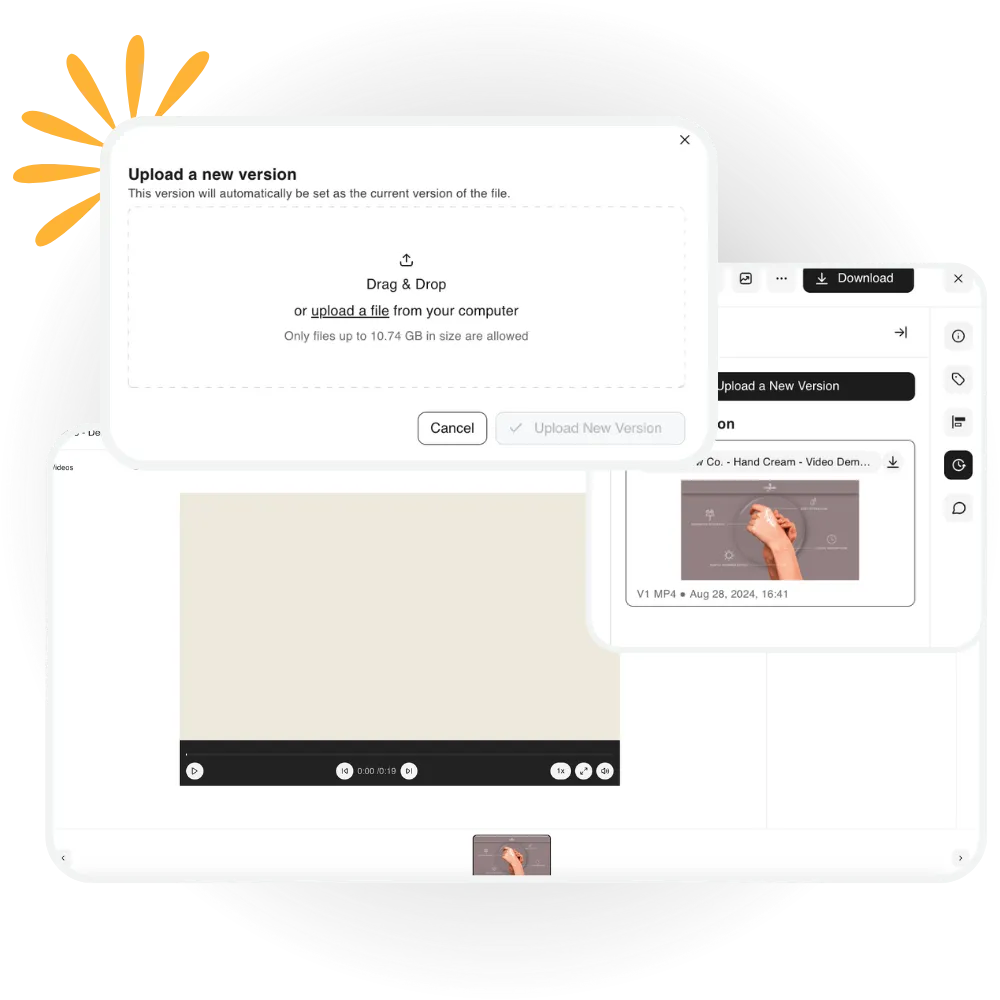
Maintaining brand consistency requires oversight. BrandLife’s version control and permission settings prevent the accidental use of outdated assets and allow you to manage who can access or edit specific content. This is especially helpful when collaborating with external vendors, agencies, or regional teams.
AI tagging and smart search
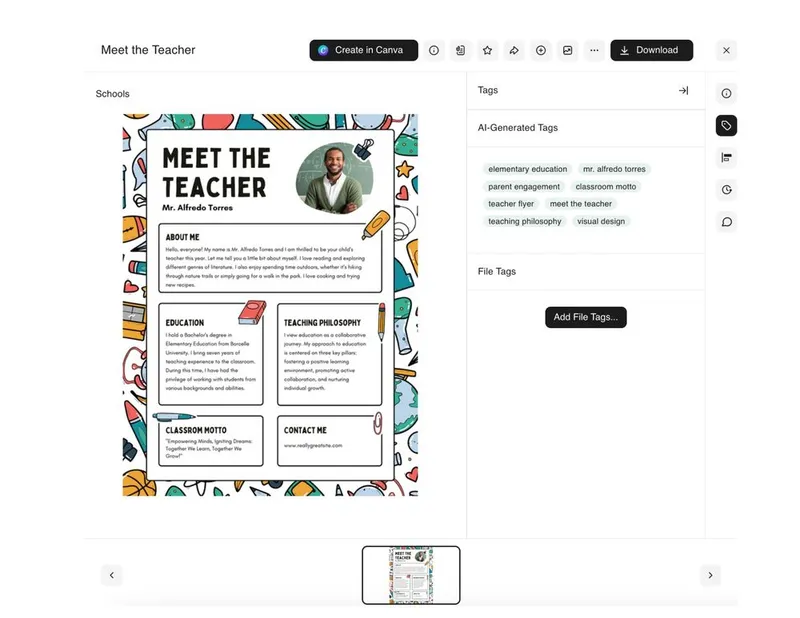
BrandLife uses AI-powered tagging and search to help teams locate assets instantly. This enables faster campaign rollouts while ensuring that only brand-approved, compliant materials are used, supporting both efficiency and consistency across every touchpoint.
Are you ready to simplify your digital brand management workflow with BrandLife?
Start your 14-day free trial today.
Frequently Asked Questions
Digital brand management refers to the strategies and tools used to build, maintain, and protect a brand’s identity across digital channels. It includes managing digital assets, overseeing online brand messaging, and ensuring a consistent customer experience across various platforms, such as social media, websites, and email campaigns.
A digital brand manager coordinates marketing, creative, and communication efforts to maintain brand consistency online. They manage digital assets, enforce guidelines, track brand performance, and collaborate with teams and partners to keep the brand aligned and impactful.
Digital asset management enables marketing teams and stakeholders to easily access, update, and distribute brand materials, such as logos, product images, videos, and templates. Platforms like BrandLife simplify this process by offering real-time access, version control, and centralized storage, helping reduce errors and ensuring that every piece of content consistently reflects the latest, approved brand identity.
Examples include Nike's use of social media campaigns to engage audiences, Apple's consistent visual identity across digital platforms, and Dove's Real Beauty campaign leveraging digital storytelling. Effective digital brand management is visible when brands maintain consistent logos, colors, and messaging tone across their website, Instagram, LinkedIn, email newsletters, and advertising campaigns. Unilever demonstrates digital brand management at scale by providing franchisees and partners with centralized access to brand guidelines and assets, ensuring consistency despite managing hundreds of brands globally.
Digital brand management focuses on online channels, real-time engagement, data-driven decisions, and broader audience reach, while traditional brand management relies on offline media and slower feedback cycles. Traditional brand management relies primarily on print media and offline touchpoints with one-directional messaging to audiences. Digital approaches enable real-time adaptation to user behavior and provide precise targeting through analytics, while traditional methods follow pre-planned campaigns with limited customer insight.




